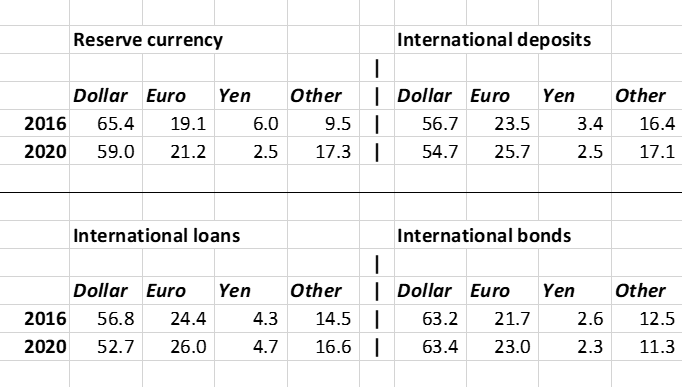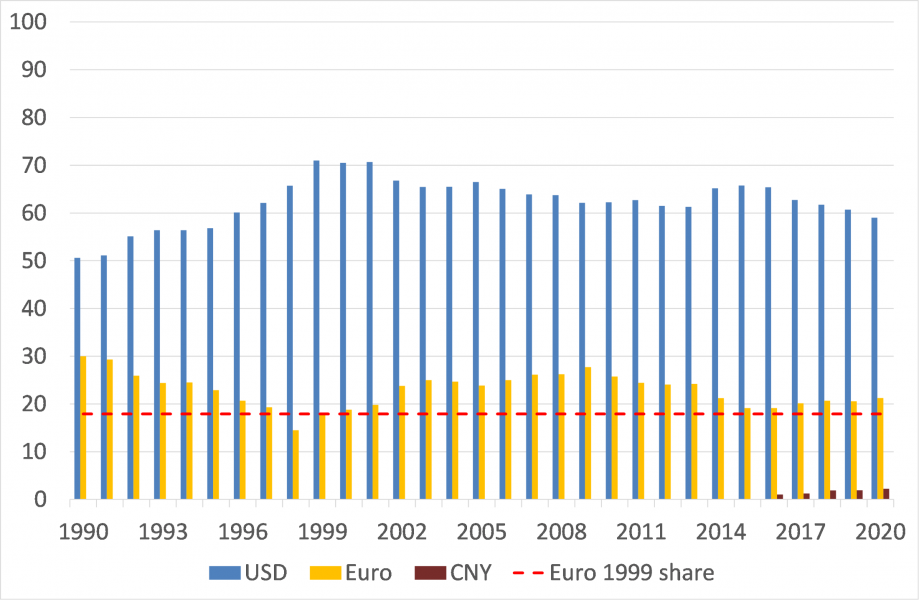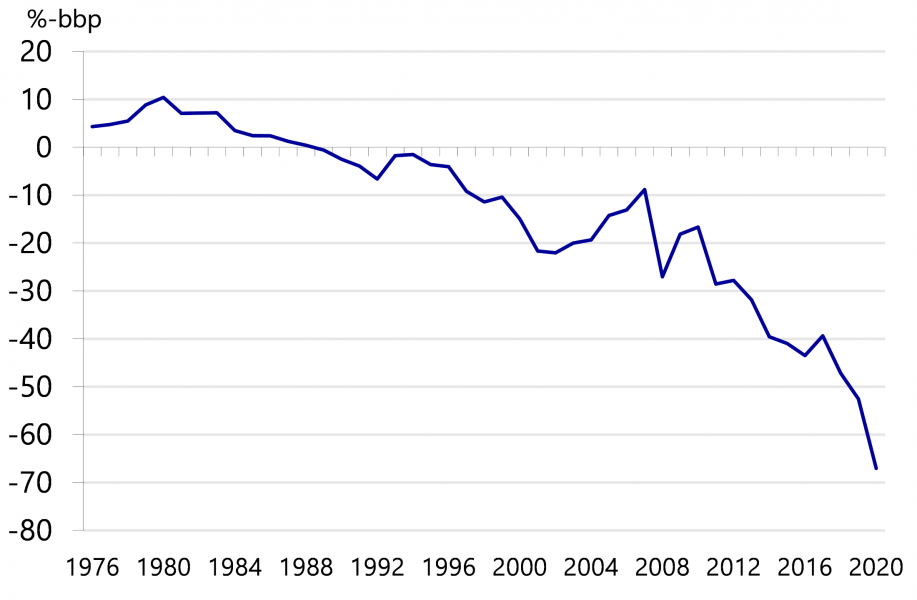References
Bank for International Settlements (2020), Central bank digital currencies: foundational principles and core features, Basel, October 9th.
Bank for International Settlements (2021), Central digital currencies for cross-border payments. Report to the G20, Basel, July 21th.
Bindseil, U., F. Panetta & I. Terol (2021), Central Bank Digital Currency: functional scope, pricing and controls, ECB Occasional Paper No 286, December.
Boonstra, W.W. (2017), The US external debt is no cause for concern, yet, VOX EU, August, 2018.
Boonstra, W.W. (2020), Chinese digital currency to have international implications, Special Report, Rabobank, December 10th.
Economist (2014), The pros and cons of a SWIFT response, November 22th.
Economist (2020a), America’s aggressive use of sanctions endangers the dollar’s reign, January 18th.
Economist (2020b), How America might wield its ultimate weapon of mass disruption, August 13th.
Economist (2021), The hidden costs of cutting Russia off from SWIFT, December 18th.
European Central Bank (2021a), The international role of the euro, Frankfurt, June.
Gnan, E. & D. Masciandro (eds., 2018), Do We Need Central Bank Digital Currency? Economics, Technology and Institutions, Findings from a conference organized by SUERF and BAFFI CAREFIN Centre, Bocconi University, Milan, June7th.
International Monetary Fund (2021), Annual Report, Washington
Overholt, W.H., G. Ma & C. Kwok Law (2016), Renminbi rising. A new global monetary system emerges, John Wiley, Chichester (UK).
Panetta, F. (2021), “Hic sunt leones” – open research questions on the international dimension of central bank digital currencies, Speech at the ECB-CEBRA conference, Frankfurt am Main, October 19th.
Roberts, R. (2016), When Britain went bust. The 1976 IMF crisis, OMFIF Press, London.






